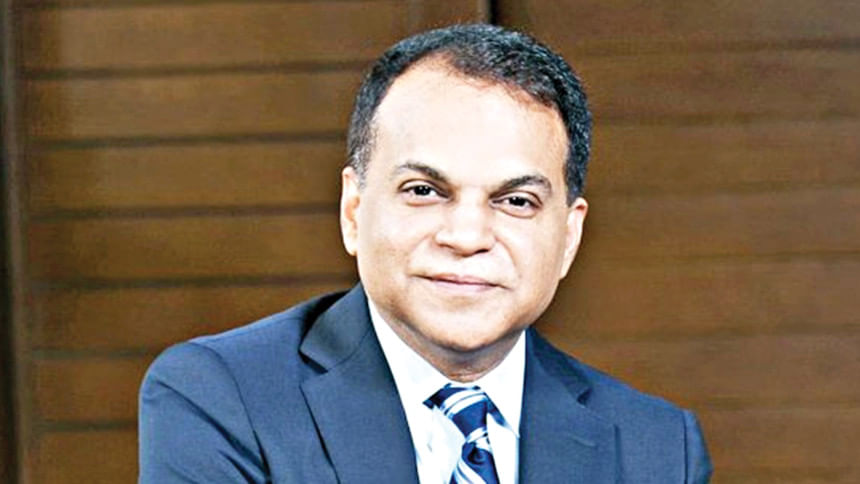Rebuilding confidence in non-banks

Across the world, financial sectors have faced collapse and come back stronger. The United States rebuilt trust after the savings and Loan crisis of the 1980s. India restored confidence in its non-bank financial companies through governance reform and liquidity support. In Bangladesh, Pubali Bank, City Bank and Eastern Bank once struggled but reinvented themselves through strong management and transparent governance.
The lesson is universal. Financial institutions face crises because their business involves taking risks and managing uncertainty. They recover when central banks provide structured support and a clear path forward, not prolonged uncertainty.
Non-bank financial institutions (NBFIs) in Bangladesh currently suffer from both liquidity shortages and a credibility crisis. The absence of reliable, standardised data has led to name-based lending, where credit decisions rely on reputation rather than evidence. A large share of today's non-performing loans (NLPs) was inherited from a time when credible data was scarce. Some institutions also engaged in internal borrowing, which needs separate treatment based on accountability, not collective punishment.
The Bangladesh Bank (BB) has a chance to restore confidence and modernise the industry through a three-step framework of evaluation, structured liquidity and incentivised recovery.
Each NBFI should present a 10-year revival plan detailing cash-flow forecasts, governance reforms and credit-rating improvements. Based on these, BB could identify which institutions merit support. For viable ones, the bank could extend conditional liquidity assistance tied to clear performance targets. A central bank representative could sit on each board as a non-voting observer, ensuring accountability and discipline.
The central bank could also enable partnerships between commercial banks with surplus liquidity and well-governed NBFIs. Under this model, a bank could lend to an NBFI backed by a central bank guarantee. Representatives from both could serve as observers until the facility is repaid. This would link liquidity with participation and align accountability with capital. The lending and borrowing relationship must remain strictly that of creditor and borrower, regardless of ownership ties. Such a mechanism would allow Bangladesh to address financial challenges using its own resources, channelling surplus liquidity into productive sectors and supporting growth.
For the framework to succeed, BB and the finance ministry must encourage participation. Two incentives could help: income tax relief for banks on interest earned from funds extended to NBFIs, and a five-year tax waiver on long-term retail deposits placed in NBFIs. Though these may reduce short-term revenue, they would strengthen the financial system in the long term by boosting credit flow and business activity.
Another measure could ease liquidity pressure. The central bank could allow verified transfers of term deposits between depositors, enabling one investor to assign their deposit to another under regulatory oversight and with a minimum three-year term. This would preserve liquidity while offering flexibility. Similar instruments exist in the United States, Singapore, India and Sri Lanka. Controlled transfer systems can build trust without destabilising institutions. Within a few years, this could stabilise deposits and reduce panic withdrawals without new capital injections.
The approach mirrors successful examples abroad. India's HDFC was revived through structured refinancing and regulatory trust. Malaysia's Danaharta combined asset resolution with governance reform. Indonesia and South Korea created stabilisation funds to manage bad assets and support viable players. In every case, central banks acted early to rebuild trust before contagion spread. In Bangladesh, such contagion has already weakened the NBFI sector.
The central bank has taken a more reform-oriented approach. Earlier this year, it formed a Policy Support Committee to evaluate borrowers affected by external shocks such as currency devaluation, global supply disruption and the Russia-Ukraine war. The committee recommends restructuring or policy relief where warranted, showing that the central bank is no longer a passive observer but an active participant in stabilising viable institutions.
BB appears to be moving in the right direction, but time is crucial. Swift, structured action that combines evaluation, incentives and oversight can turn the NBFI sector into a pillar of industrial and housing finance. Institutions that now face uncertainty could soon drive growth, just as Pubali, City and Eastern Bank once did.
Revival is not a dream but a design. It means learning from history and trusting in the future of responsible enterprise.
The writer is chairman of Anwar Group of Industries

 For all latest news, follow The Daily Star's Google News channel.
For all latest news, follow The Daily Star's Google News channel. 



Comments